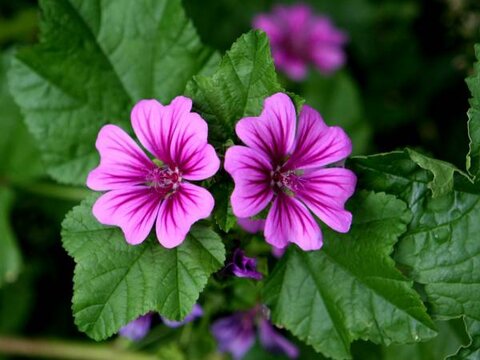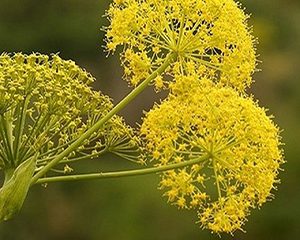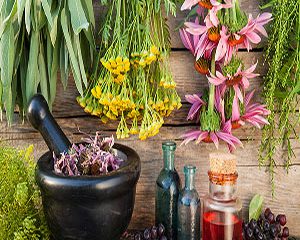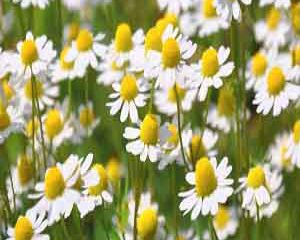Mallow flower
Mallow flower specifications
- Scientific name : Malva Sylvestris
- Order : Malvale
- Family : Malvaceae
- Subfamily : Malvoideae
- Tribe : Malveae
- Genus : Malva
- Native : Western Europe
- Other Name : Cheeseweed, Round Dock
 The parts used in mallow are leaves, flowers, pods and roots. The part of mallow used in Iran is its dried purple flowers. The place of plant growth in Iran is Alborz, around Tehran, northern Iran, Azerbaijan, Astara, Isfahan, central regions of Iran, Khorasan, Damghan, Semnan, Behbahan, southern Iran, Kerman, Baluchistan and other places.
The parts used in mallow are leaves, flowers, pods and roots. The part of mallow used in Iran is its dried purple flowers. The place of plant growth in Iran is Alborz, around Tehran, northern Iran, Azerbaijan, Astara, Isfahan, central regions of Iran, Khorasan, Damghan, Semnan, Behbahan, southern Iran, Kerman, Baluchistan and other places.
read more : Everything about chamomile flower : How to Plant & care for them
Habitat mallow flowers
The common mallow likes to grow in lawns, gardens, roadsides, waste areas and cropland. It originated in Europe, Asia, and Northern Africa and is also in the Americas and Australia.Types of Mallow
By far the most popular variety of this plant is Malva alcea var. fastigiata sometimes known simply as ” mallow ” or ” fastigiate hollyhock mallow. ” It is a narrower, neater plant than the pure species, with larger saucer-shaped pink flowers.Similar Species
There are also other types of Malva species that are sometimes confused with M. alcea. For example :- Malva sylvestris , including the popular ” Zebrina’ cultivar, is a very similar plant to M. alcea, but its soft pink flowers are marked with striking purple veins.
- Malva moschata ( musk mallow ) is very close to M. alcea, but it is suitable for colder climates. Be careful about cultivating this species, as it is regarded as invasive in some regions. It is a shorter-lived plant, often considered biennial.
Iran dried mallow flower
In addition to its decorative aspect, dried mallow flower has many usages in traditional medicine. The reasonable price of dried mallow flower has caused the sale and purchase of dried mallow flower for export to benefit the exporters and wholesalers of dried mallow flowers.Export of mallow plant
Export of dried mallow flowers is one of the most important medicinal plants in Iran, the export of which requires a comprehensive and correct plan for marketing in international markets. One of the most valuable medicinal plants is mallow, which is grown in Iran as a wild and can even be cultivated.
read more : Drying natural flowers | Introducing 8 wonderful ways to dry flowers
Mallow Care
In the right conditions, mallow is extremely easy to grow and maintain. It is a short-lived species that will fade after three or four years. However, the plant self-seeds readily producing new volunteers identical to the mother plant. The dense, bushy foliage is attractive and adds interest to the garden from early spring right through to the fall. For gardeners that love to attract pollinators to the garden, the mallow is an ideal choice to attract bees and butterflies. For many gardeners, virtually no maintenance will be needed. At most, you may need to stake up flowers to prevent toppling from strong winds or apply a fungicidal powder if disfiguring fungal leaf spots bother you.-
Light
-
Soil
-
Water
-
Temperature and Humidity
-
Fertilizer
read more : Everything about yarrow flower : How to Plant & care for them
Pruning
Pruning of your mallow is recommended to prevent this readily self-seeding plant from taking over your garden. For this reason, as soon as the blooms are spent, they should be deadheaded. This can sometimes also encourage a second flush of blooms in the late summer. Cutting the entire plant back down to the basal foliage is also an option after the bloom period concludes in the late summer or fall. Be aware that some self-seeding might occur using this method. If you want to keep your mallow neat and compact, it’s worth pinching back new growth tips as they first appear in the spring. Be wary of adding mallow clippings to a compost bin, as the seeds may persist and cause unwelcome volunteers when the mulch is used in the garden.Propagating Mallow
New mallow plants can be easily grown from healthy basal cuttings ( cuttings taken from around the base of the plant ) in the spring or early summer. However, this plant is so easy to grow from seeds that collecting seeds for replanting is a much more common method of propagation. If you do want to try vegetative propagation, here’s how to do it :- In late spring or early summer, use a sharp, clean pruner to clip a section of root crown around the base of the plant just as it’s beginning to put out new growth. It’s best to clean the pruner between each cut to ensure you’re not transmitting any fungal diseases. The cutting should contain both a section of the root crown as well as emerging green growth.
- Plant the basal cutting into a container filled with ordinary potting soil, and moisten it thoroughly. Applying a rooting hormone to the cutting before planting is optional.
- Continue growing the planted cutting outdoors in its pot until active new stem growth is evident—this usually takes several weeks.
- At this point, the new specimen can be transplanted into the garden.
How to Grow Mallow From Seed
Mallows are extremely easy to grow from seeds purchased from online retailers specializing in wildflowers or collected from the dried seed pods on existing plants. There is usually no need to start seeds indoors. The normal outdoor planting time is spring as soon as the soil can be worked, but even seeds planted in fall will usually sprout in the spring. Plant the seeds shallow, barely covering them with soil. Germination and sprouting are usually evident within two weeks.Overwintering
When cold weather kills the foliage, cut the stalks down to the basal leaves. ( You can leave a few plants standing if you wish for them to self-seed in the garden. ) In borderline climate zones, cover the plants with a layer of mulch or leaves for the winter to protect the roots. This mulch layer should be removed promptly in the spring to prevent root rot.
read more : Everything about dandelion flower : How to Plant & care for them
Common Pests & Plant Diseases
There are no life-threatening pests and diseases for this plant, though Japanese beetles will often feed on them in regions where this insect is prevalent. In hot, humid climates, the plants can be susceptible to several fungal leaf diseases. While unattractive, these diseases are rarely fatal; if necessary, they can be treated with fungicide powders or sprays.
How to Get Mallow to Bloom
Mallow rarely needs help to bloom, but deadheading spent flowers will encourage additional blooms. A plant that fails to flower at all is probably not getting enough sunlight.
Common Problems With Mallow
Mallow is typically easy to grow, and the problems that do occur are cosmetic rather than life-threatening. Some common issues include:
Excessive Self-Seeding
Their ability to readily self-seed can prove to be an annoyance for some gardeners as volunteer seedlings can be tricky to remove once they are established. Careful deadheading and cutting back will be required during the summer if you want to prevent spreading.
Toppling Plants
With its tall, upright form, this plant may require staking in exposed windy locations or if growing in rich soils that cause legginess. Selecting a sheltered position out of strong winds is recommended.



0 Comments